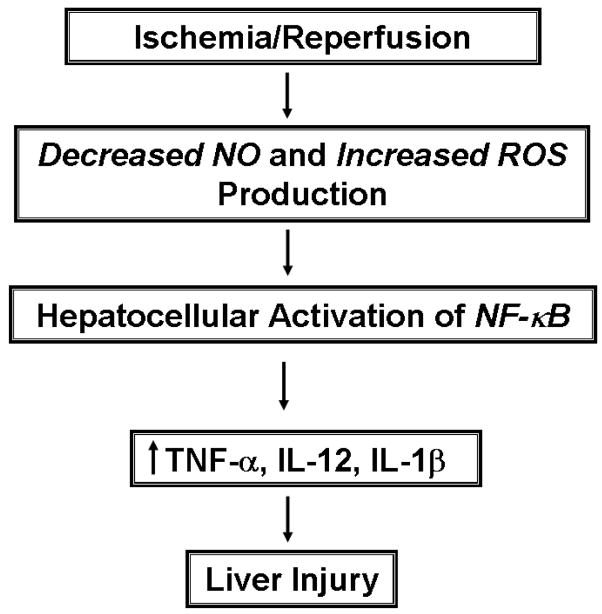Figure 1. Proposed pathophysiological mechanisms thought to be important in liver ischemia and reperfusion injury.
Ischemia and reperfusion of the liver induces a decrease in the bioavailability of NO concomitant with enhanced production of reactive oxygen species (ROS). This redox imbalance results in an alteration of the redox potential of the liver thereby producing a more oxidative environment. Enhanced “oxidative stress” within the Kupffer cells, sinusoidal endothelial cells and hepatocytes would promote the NFkB-dependent expression of certain pro-inflammatory cytokines that may injure the tissue.

